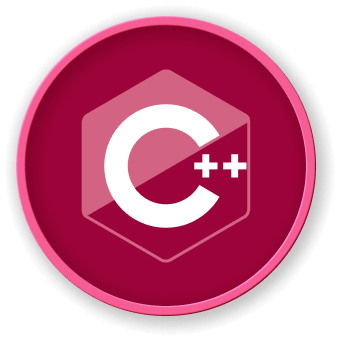Memory Management Tips
Memory Leak Prevention Strategies
1. Smart Pointer Usage
#include <memory>
class ResourceManager {
public:
void preventMemoryLeaks() {
// Unique pointer automatically manages memory
std::unique_ptr<int> uniqueResource(new int(42));
// Shared pointer with reference counting
std::shared_ptr<int> sharedResource =
std::make_shared<int>(100);
}
};
Memory Management Workflow
graph TD
A[Memory Allocation] --> B{Allocation Successful?}
B -->|Yes| C[Use Resource]
B -->|No| D[Handle Allocation Failure]
C --> E[Release Resource]
D --> F[Error Handling]
E --> G[Memory Cleanup]
Common Memory Management Techniques
| Technique |
Description |
Recommendation |
| RAII |
Resource Acquisition Is Initialization |
Always Preferred |
| Smart Pointers |
Automatic Memory Management |
Recommended |
| Manual Management |
Direct Memory Control |
Avoid When Possible |
Advanced Memory Management Patterns
2. Custom Deleter Implementation
class ResourceHandler {
public:
void customMemoryManagement() {
// Custom deleter for complex resources
auto customDeleter = [](int* ptr) {
// Custom cleanup logic
delete ptr;
};
std::unique_ptr<int, decltype(customDeleter)>
specialResource(new int(50), customDeleter);
}
};
Memory Allocation Best Practices
3. Exception-Safe Allocation
class SafeAllocator {
public:
void exceptionSafeAllocation() {
try {
// Use exception-safe allocation methods
std::vector<int> safeVector;
safeVector.reserve(1000); // Pre-allocate memory
for(int i = 0; i < 1000; ++i) {
safeVector.push_back(i);
}
}
catch(const std::bad_alloc& e) {
// Handle allocation failure
std::cerr << "Memory allocation failed" << std::endl;
}
}
};
Memory Debugging Techniques
4. Valgrind Memory Checking
## Compile with debug symbols
g++ -g memory_test.cpp -o memory_test
## Run valgrind memory check
valgrind --leak-check=full ./memory_test
- Minimize dynamic allocations
- Use memory pools for frequent allocations
- Prefer stack allocation when possible
- Use move semantics
LabEx Memory Management Guidelines
- Leverage modern C++ memory management techniques
- Prefer standard library containers
- Implement RAII principles
- Use smart pointers consistently
- Profile and optimize memory usage
Error Handling Strategies
- Implement comprehensive error checking
- Use exception handling mechanisms
- Provide graceful degradation
- Log memory-related errors
Advanced Memory Control
5. Placement New Technique
class AdvancedMemoryControl {
public:
void placementNewDemo() {
// Pre-allocated memory buffer
alignas(int) char buffer[sizeof(int)];
// Placement new
int* ptr = new (buffer) int(100);
}
};




